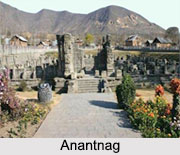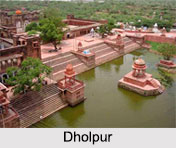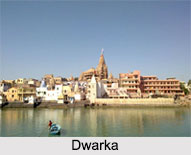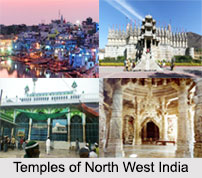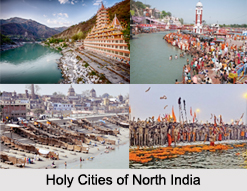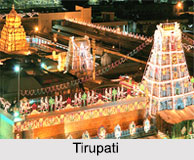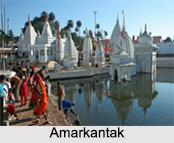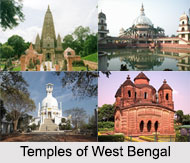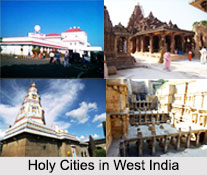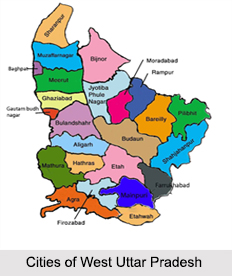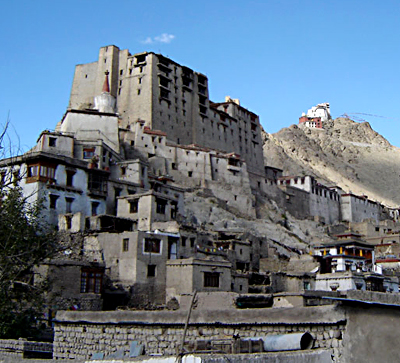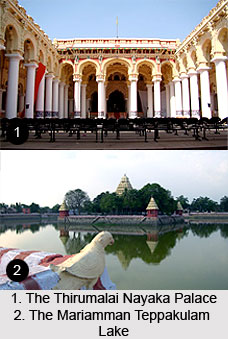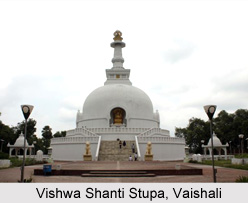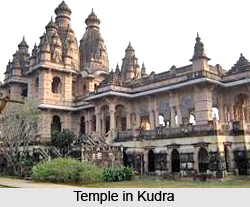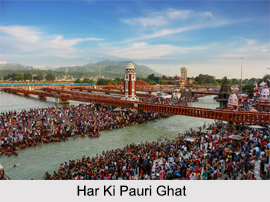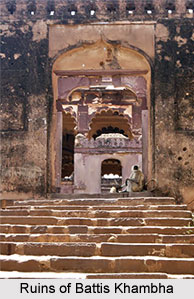 Ruins of Battis Khambha are located in Varanasi about a third of a mile to the east of the Bakariya Kund. The Battis Khambha, as called by the natives or "thirty-two pillars" is a small structure that looks very attractive. It is almost four hundred yards away from the Raj Ghat road.
Ruins of Battis Khambha are located in Varanasi about a third of a mile to the east of the Bakariya Kund. The Battis Khambha, as called by the natives or "thirty-two pillars" is a small structure that looks very attractive. It is almost four hundred yards away from the Raj Ghat road.
Battis Khambha consists of a dome and is supported by twenty-four pillars that have been carved in the shape of a square. Earlier there were four pillars in each corner. Thus they were number by eight that naturally states that the entire number was thirty-two. However, later two from each corner was destroyed hence the place occupied by the pillars are now empty. The upper part of the building was built in Mohammedan style while the lower part was made in Buddhist style of architecture. A throne of Gautama Buddha can be seen on the western side of the building. There also exist many Buddhist temples here which are now in dilapidated state. The pillars stand upon a platform raised above the ground. The interior of the building is adorned with a Mohammedan tomb. According to many other research work done here there have been several other Buddhist and ancient buildings located between Bakariya Kund and Raj Ghat fort. It has been revealed that there also existed a road here during the Buddhist period. It was located close to the present road where the Battis Khambha stands now. The road was built at a right angle degree to another road that proceeded towards Bakariya Kund in the direction of Sarnath. The road can still be seen toady. There is another small building located in the vicinity of the ruins of Battis Khambha and Bakariya Kund. It is located on the road side. The building is supported by several pillars that have been erected and inserted into the existing walls. The pillars dates back to the ancient times and have been carved in an antique style. It is supposed that these pillars have been brought from Bakariya Kund. The building is well maintained and has been repaired and renovated several times.
